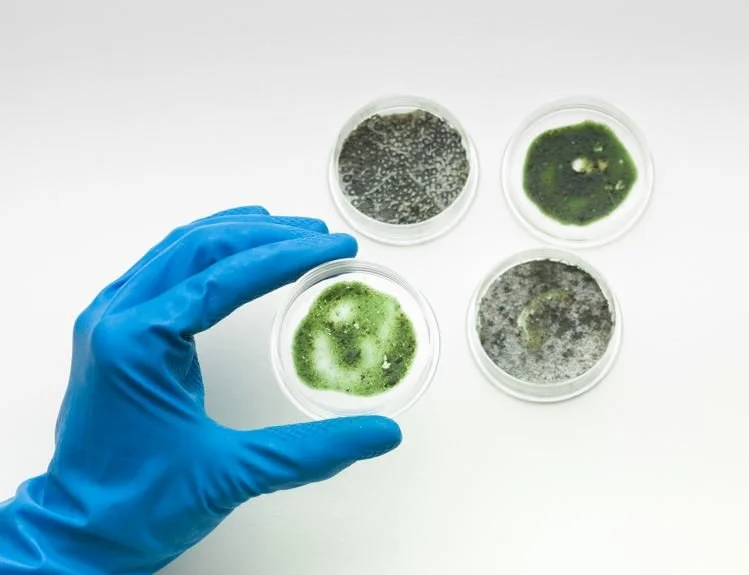Climate Change's Role in Fungal Diseases and Mycotoxin Concerns
Climate Change Effects on Mycotoxin Production and Legal Implications in Agriculture
Earth's climate is undergoing significant changes due to anthropogenic activities, leading to adverse global effects. These changes are gradually altering the delicate balance between plant growth and fungal diseases in agricultural ecosystems. Climate factors such as temperature, water availability, light quality, and extreme weather events play crucial roles in shaping the life cycles of fungi and their ability to colonize crops, survive, and produce toxins.
Medical Service Consultation, PA (MSCPA) understands the potentially dangerous impact of climate change on the growth and mycotoxin production of key mycotoxigenic fungi, focusing on the genera Aspergillus, Penicillium, and Fusarium, which produce toxins of worldwide concern, including aflatoxins, ochratoxins, and fumonisins.
The Influence of Climate Change on Fungal Diseases
Climate change significantly affects agroecosystems by altering temperature regimes, precipitation patterns, and the frequency of extreme weather events. These changes create favorable conditions for the proliferation of fungal pathogens and increase the risk of crop contamination with mycotoxins. Temperature fluctuations, shifts in humidity levels, and changes in precipitation can directly impact fungal growth, reproduction, and toxin production. Additionally, drought stress, desertification, and fluctuations in humid and dry cycles create conducive environments for fungal colonization and mycotoxin accumulation in crops.
Fungal Infections and Mycotoxin Contamination in Crops
Mycotoxigenic fungi respond to climate change by adapting to new environmental conditions, leading to shifts in their geographical distribution and altering the patterns of mycotoxin occurrence. Changes in temperature and humidity influence fungal growth and toxin biosynthesis, with warmer temperatures generally favoring toxin production. Moreover, extreme weather events such as drought and flooding can stress crops, making them more susceptible to fungal infections and mycotoxin contamination. As a result, climate change exacerbates the risk of mycotoxin-related health hazards in agricultural products, posing serious challenges to food safety and public health.
Key Mycotoxigenic Fungi and Their Toxins
The genera Aspergillus, Penicillium, and Fusarium encompass several species known for their ability to produce potent mycotoxins such as aflatoxins (AFs), ochratoxins, and fumonisins (FUMs). These toxins have significant implications for human and animal health, including carcinogenic, nephrotoxic, and neurotoxic effects. Climate change influences the growth and toxin production of these fungi, leading to variations in mycotoxin levels in agricultural commodities worldwide.
Expert Mold and Mycotoxin Witness for Legal and Medical Cases
The interplay between climate factors and fungal pathogens poses significant challenges to food safety and public health. Understanding the impact of climate change on fungal diseases and mycotoxin contamination is crucial for developing effective mitigation strategies and ensuring the safety and quality of agricultural products.
In legal disputes involving mycotoxin contamination, seeking the assistance of expert medical/legal witnesses like Dr. Dennis Hooper with Medical Service Consultation, PA (MSCPA) can provide valuable support and expertise to navigate complex issues related to climate change, fungal diseases, and mycotoxin production. Our network of expert mold and mycotoxin witnesses includes medical professionals with vast experience in identifying and treating mold-related illnesses, as well as legal experts who can provide guidance on the legal implications of mold exposure.







